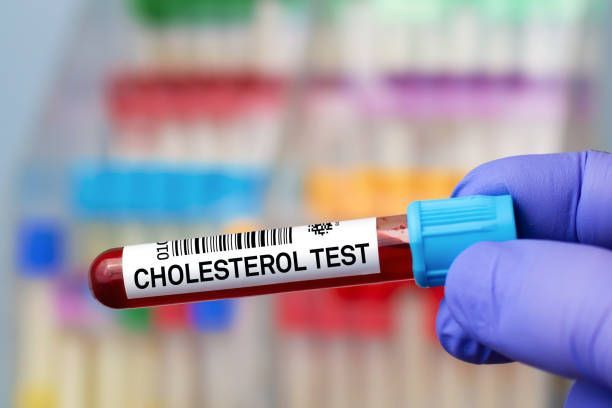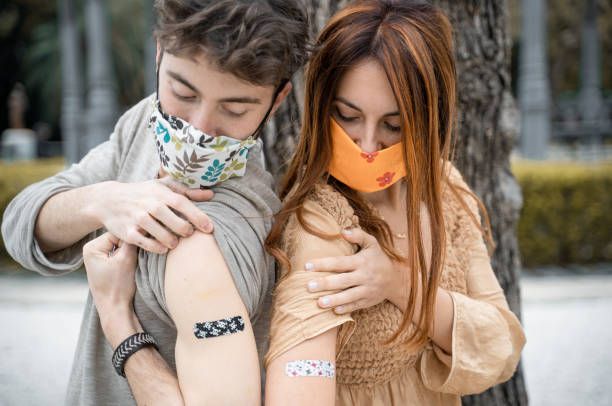Top 10 Most Common Allergies
Allergies, a common ailment seen in our urgent care clinics, are the immune system's exaggerated responses to generally harmless substances. These reactions can vary, causing anything from minor irritation to severe, potentially life-threatening conditions. Studies suggest allergies affect approximately 30% of adults and 40% of children globally. Recognizing and understanding the most prevalent allergies is crucial for prompt and effective management, particularly in adult and pediatric urgent care settings. In this article, we'll discuss the top ten allergies, detailing their causes, symptoms, and treatments, aiming to equip individuals with the knowledge to identify and address allergic reactions expediently.
1. Pet Allergies
Pet allergies are common reactions to proteins in pet dander, saliva, and urine. While cats and dogs are the usual culprits, birds, rodents, and other animals can also trigger symptoms. Those affected might experience sneezing, runny or stuffy nose, itchy eyes, and skin rashes. In severe cases, asthma symptoms can worsen.
Managing pet allergies may involve minimizing exposure, regular cleaning, or using specific treatments like antihistamines. Consult a healthcare provider for diagnosis and personalized management strategies, especially if symptoms are persistent or severe.
2. Drugs and Medications
Drug allergies are a common and potentially dangerous immune system response to medications, perceiving them as harmful. Common culprits include penicillin and other antibiotics, and symptoms range from mild skin rashes and itching to severe anaphylaxis.
Affected individuals must inform healthcare providers about known drug allergies to avoid adverse reactions. Management typically involves avoiding the responsible medication and using alternatives. Antihistamines may be helpful for mild reactions, but severe reactions may require emergency medical attention, like an EpiPen injection of epinephrine, to treat life-threatening symptoms.
3. Food Allergies
Food allergies are immune system reactions after consuming a specific food. Some food allergies, such as peanuts, milk, eggs, and shellfish, are more common than others. When they occur, people may experience symptoms ranging from mild, like hives and stomach discomfort, to severe ones, like anaphylaxis, which requires immediate medical attention from a 24 hour urgent care center.
Management primarily involves avoiding allergenic foods and having an action plan for unintended exposures, including access to antihistamines and epinephrine auto-injectors. Proper diagnosis from a healthcare provider is crucial to determine specific food allergies and to receive personalized advice and treatment.
4. Pollen
Pollen allergies, commonly known as hay fever, are immune responses to pollen grains from trees, grasses, and weeds. They are seasonal and prevalent in spring and fall. Affected individuals experience sneezing, nasal congestion, itchy eyes, and throat irritation.
People can decrease pollen allergies by avoiding outdoor activities when pollen counts are high, using air purifiers, and keeping windows closed during pollen season. Over-the-counter antihistamines can alleviate mild symptoms, but persistent or severe cases may require medical consultation for prescription medication or allergen immunotherapy.
5. Mold
Mold allergies result from inhaling mold spores in damp environments, indoors and outdoors. Common sources include bathrooms, basements, and leaf piles. Sufferers often experience symptoms akin to hay fever, including runny and itchy eyes and nose, sneezing, and skin rashes. In some, mold exposure can exacerbate asthma symptoms.
Reduce mold growth by addressing humidity and leaks in homes to manage mold allergies. Using air purifiers and ensuring regular cleaning can also be beneficial. Those with persistent symptoms should consult a healthcare provider or visit an urgent care clinic for effective treatments and interventions.
6. Insect Bites and Stings
Allergies to insect bites and stings are common and can provoke severe reactions in sensitized individuals. Typically arising from bees, wasps, and mosquitoes, these allergies may manifest as extensive swelling, redness, pain, and, in extreme cases, anaphylaxis. Those with known severe allergies should carry an epinephrine auto-injector for immediate response to a sting or bite.
If you are allergic to insect bites, consider avoiding insect habitats, using insect repellents, and wearing protective clothing. Mild reactions can often be managed with antihistamines and corticosteroids, but severe reactions necessitate urgent medical attention.
7. Dust Mites
Dust mite allergies start as a reaction to tiny bugs commonly found in house dust. These tiny, microscopic creatures thrive in warm, humid environments, especially in bedding and upholstered furniture. Symptoms often mirror hay fever, including sneezing, runny nose, itchy eyes, and skin rashes. Some individuals may experience exacerbated asthma symptoms.
Effective management involves regular cleaning, using allergen-proof bed covers, and maintaining low indoor humidity. Air purifiers and vacuum cleaners with HEPA filters can reduce exposure. Consulting with healthcare providers can yield additional treatments and strategies for symptom relief.
8. Contact Dermatitis
Contact dermatitis is a localized allergic reaction from skin contact with allergenic substances like nickel, poison ivy, or certain cosmetics. It presents as redness, itching, swelling, or blistering at the contact site.
Avoid contact dermatitis by avoiding known irritants and allergens, applying topical steroids to alleviate inflammation, and using moisturizers to restore skin barrier function. Mild cases can be self-managed, but persistent or severe instances warrant medical consultation to identify triggers through patch testing and to receive appropriate treatments, such as more potent topical or oral medications.
9. Latex
Latex allergies are adverse reactions to proteins in natural rubber latex, commonly found in gloves, balloons, and medical devices. Exposure can lead to skin irritations, hives, nasal symptoms, or more severe reactions like anaphylaxis.
Affected individuals must inform medical professionals of their allergies to prevent accidental exposure during medical procedures. People suffering from severe latex allergies should consider wearing a medical alert bracelet or carrying an epinephrine auto-injector, like an EpiPen, to address life-threatening reactions promptly.
10. Chemical Allergies
Chemical allergies arise from an immune response to certain chemicals encountered daily, such as in cosmetics, detergents, or industrial products. Symptoms can range from skin reactions like contact dermatitis to respiratory issues.
Be sure to identify and avoid the offending chemical, reading product labels meticulously, and using hypoallergenic alternatives. Protective gear like gloves can prevent direct skin contact. Those experiencing recurrent or severe reactions should consult a healthcare professional for precise allergen identification, typically through patch testing, and to obtain suitable treatments to alleviate symptoms.
Finding an Urgent Care Clinic Near Me
With their widespread prevalence and varied manifestations, allergies can significantly impede one's quality of life. From common environmental allergies like pollen and dust mites to potentially life-threatening food and drug allergies, being informed and vigilant is critical to managing and mitigating allergic reactions.
For anyone experiencing symptoms of an allergic reaction, urgent care assistance, especially those unfamiliar or severe, is vital. UrgiClinic Urgent Care stands ready to provide immediate, comprehensive care to address and alleviate your allergy concerns, ensuring your well-being and helping you navigate your allergies effectively. Whether it's for identifying triggers, managing symptoms, or addressing severe reactions, do not hesitate to visit us. Your health and comfort are our priority, and we are committed to delivering personalized, empathetic, and effective care.













